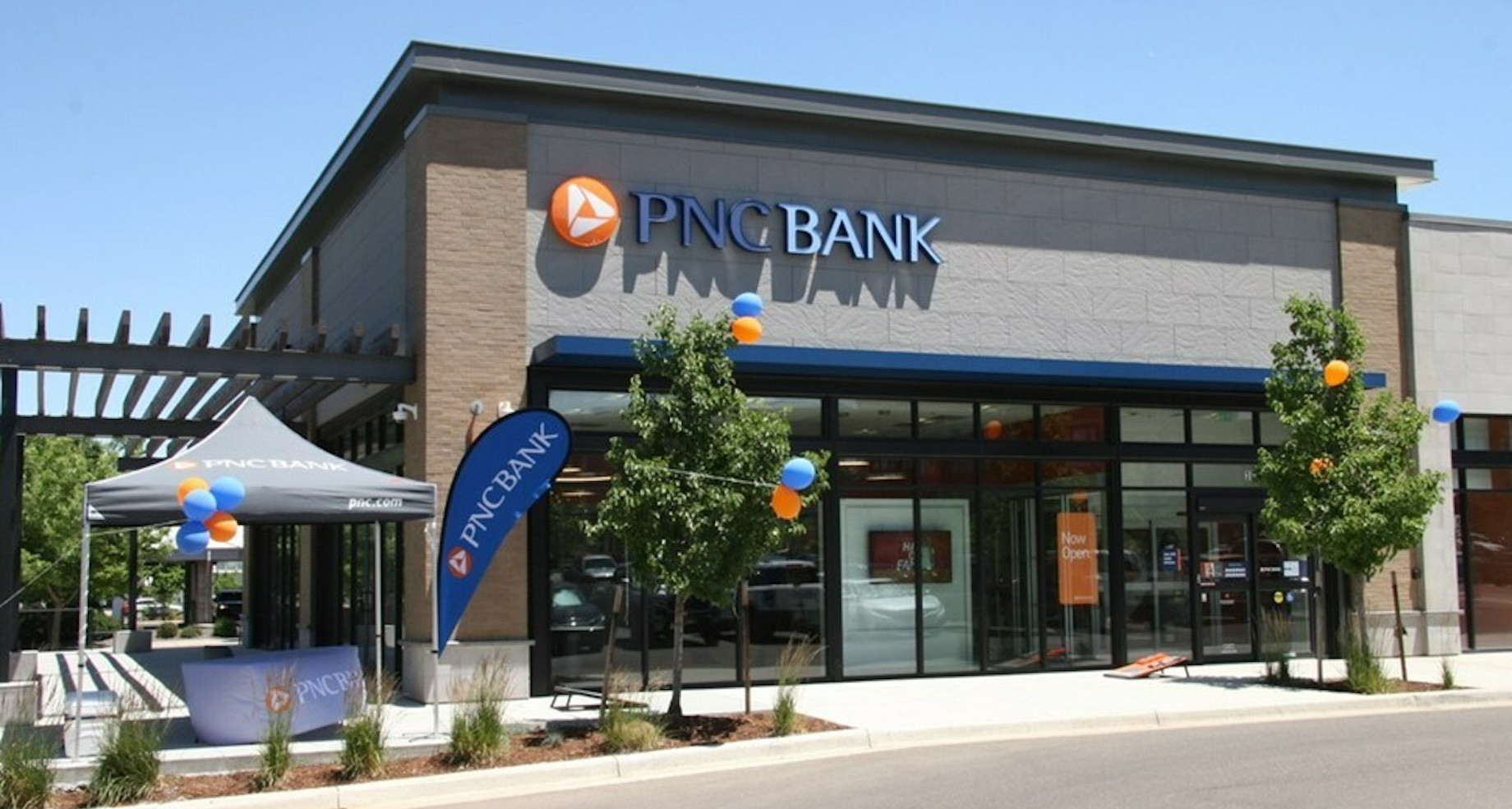Macy’s Will Weigh What Each Store Can Make Versus Its Real Estate Value

Macys Inc. is changing how it evaluates whether to keep a store open or not. It’s no longer enough to be profitable; the store must be more profitable as an ongoing operation than as a liquidated real estate asset, Macy’s Inc. new CEO Tony Spring told investors on the retailer’s year-end earnings call.
“We have compared value to operate versus value to close and looked at demand in each market to determine the right construct of stores and digital with a focus on being in the strongest centers,” Spring said. “This is not a one-time exercise. Given rapidly shifting market dynamics and consumer preferences, it will be an always-on practice.”
“The value to monetize non-go-forward locations is higher than the value to operate.”
Macy’s Inc. will close about 150 underperforming Macy’s stores, or about 30% of its fleet and less than 10% of sales, over the next three years. “Simply put, the value to monetize non-go-forward locations is higher than the value to operate,” Spring said. About 50 of those 150 stores will close before the end of this fiscal year.
The company will sell some $750 million worth of its real estate portfolio, including the flagship in San Francisco’s Union Square, pictured at top. Macy’s Inc. will focus on upgrading its remaining 350 Macy’s locations while opening 30 smaller versions of its namesake chain over the next two years. Over the next three years, it will add as many as 15 Bloomingdale’s and Bloomingdale’s Outlet stores and at least 30 Bluemercury cosmetics stores.
Currently, Macy’s Inc. has about 12 small locations, which at 30,000 to 50,000 square feet are about one-fifth the size of its traditional department stores. As of October, it had 58 Bloomingdale’s stores and 158 Bluemercury locations.
Macy’s will sell when it can make the biggest profit, said Spring. “Working together with our real estate advisers, our team has generated over $2.4 billion of real estate-monetization proceeds from 2015 to 2023, and we will leverage that expertise and those relationships as we continue to refine and assess our base. Importantly, our healthy balance sheet allows us to be opportunistic on timing of the closures.”
Now PNC Is Investing $1 Billion in Branches: So Which Is It — Are U.S. Bank Branches Safe or Endangered?

PNC will spend $1 billion through 2028 to open more than 100 bank branches — including in Miami, Denver, Dallas, Houston, San Antonio and Austin, Texas —and renovate more than 1,200 of its 2,300 existing locations. Rival Chase has similar plans to branch out and thus reach more customers. TD Bank announced in May that it would open 150 branches by 2027. PNC, Chase and TD’s plans follow Bank of America’s 58 new branches in 2022 and 55 in 2023, plus its three years of renovations. Wells Fargo, for its part, is in process on a five-year stint of refreshing its branches.
All this positivity about brick-and-mortar banks follows years of hefty closures in the U.S. — DailyMail.com called it a “bloodbath.” According to S&P Global Market Intelligence, the 2,928 branches that closed in 2021 added up to the highest on record. The 1,854 branches that closed in 2022 and the 1,409 that shuttered in 2023 are a lot, but notice that the number is slowing. “The pace of bank branch closures started to slow in mid-2022 on the realization that accelerating digital adoption needed to be balanced with keeping a physical footprint for competition,” according to an S&P Global Market Intelligence blog, which also blocked out the industry’s 2023 net openers and net closers. See that table here.
DailyMail.com, meanwhile, gave a valuable visual of where 2023’s openings and closures occurred, mapping out the 1,566 closures and 472 openings that banks had reported to the U.S. Office of the Comptroller of the Currency by Dec. 22. California and the Midwest lost out — DailyMail.com reported 36 closed in Michigan and zero opened — while the Southeast gained.
Physical bank locations continue to act as advertisements, drawing in new customers and small business clients. “More than just places to make transactions, Wells Fargo branches are increasingly becoming advice centers: a place where customers can have conversations about how they can make progress on their financial goals,” according to a May 2023 case study on the bank’s website. And according to American Banker, “most bankers say that even their most tech-savvy customers want physical bank offices where they can seek financial advice, open new accounts or manage major transactions such as getting a significant loan.”
C+CT reported on the value of brick-and-mortar banks more than three years ago. The story quoted Noah Yosif, then assistant vice president of economic policy and research for Independent Community Bankers of America: “A major component of community banking is developing personal relationships. Therefore, branches are an essential component to the business model that will never fully go away.” C+CT also reported that while some banks closed, others would open, albeit with modern looks and/or smaller footprints. Teller windows, for example, no longer needed to be the prime touchpoint.
At the time that C+CT published that story in 2021, a landlord that had a bank as a tenant might have been poised to lose that tenant. At the same time, a landlord that had a vacancy would have done well to put a bank in that space. Chase, for example, closed a net 16 branches in the third quarter of 2023, and then it opened a net 36 in the fourth quarter, according to S&P Global Market Intelligence.
In Financial Services: 5 Trends to Expect in 2024, JLL has predicted: “Forward-thinking banks will selectively expand into markets to fill gaps in coverage and invest in existing branches to champion their brand and advance sustainability goals. This will lead to new design concepts, including larger waiting areas, dedicated office spaces for client meetings and less prominent teller windows.”
7 More Retailers Making Headlines: 2 Grocery Mergers, 2 Discounters, Digital-Goes-Physical and More
Kroger Co. vowed to fight in court the Federal Trade Commission’s block of Kroger’s acquisition of Albertsons Cos. The FTC argues the merger would eliminate competition, leading to higher prices, lower product quality and fewer consumer options. Kroger maintained the opposite, saying: “The FTC’s decision makes it more likely that America’s consumers will see higher food prices and fewer grocery stores at a time when communities across the country are already facing high inflation and food deserts. In fact, this decision only strengthens larger, nonunionized retailers like Walmart, Costco and Amazon by allowing them to further increase their overwhelming and growing dominance of the grocery industry.” Kroger said it would spend $500 million on the first day after the merger’s close to begin lowering prices and would spend an additional $1.3 billion to improve Albertsons Cos.’ stores.
Meanwhile, another grocery merger is in the works. California-based deep-discount chain Grocery Outlet has agreed to acquire United Grocery Outlet, which operates 40 stores in the Southeast and thus will expand Grocery Outlet’s presence in that region. Grocery Outlet plans to add another 15 to 20 stores in existing markets this year. It opened 13 stores in the fourth quarter of 2023, ending the year with 468 in nine states.
Discount destinations, grocery and otherwise, continue to thrive. Extreme-value chain Bargain Hunt opened its 90th store last week in Newberry, South Carolina. The operator stocks closeout, buyout, overstock and return items at as much as 70% off. The stores also serve as pickup locations for the company’s online auctions.
There’s no denying brick-and-mortar’s worth now that a company with the word “digital” in its name is opening its first physical location. Online apparel conglomerate Digital Brands Group will open an outlet store to sell excess inventory at Allen Premium Outlets, north of Dallas. The company owns several apparel brands, including Harper + Jones, Stateside and Sundry. Digital Brands Group also is in negotiating with landlords to open 50 full-price stores, according to CEO Hil Davis.
Another retailer that started out as digitally native is adding physical locations. To reach more customers, Warby Parker plans to open 40 stores in 2024, mainly in suburbs. A partnership with vision care insurance administrator Versant Health is poised to add 15 million customers to its network, it said. The eyeglasses retailer added 37 stores last year, bringing the total to 237.
Wendy’s, though, felt some heat when it tried to go digital. It has assured customers that the digital menu boards it’s installing through 2025 won’t be used to raise prices during peak hours. The PR efforts came after CEO Kirk Tanner said on a recent earnings call that new digital menu boards would enable dynamic pricing; some media outlets reported that to mean surge pricing. Instead, Wendy’s maintained, the boards could enable targeted discounts, especially during slow periods, or recommendations. Wendy’s also said they can display of different options at various locations and at various times, perhaps even based on artificial intelligence analysis of, say, the weather.
After 40 years in Canada, swimwear and lingerie chain La Vie en Rose will open its first U.S. store this summer, just across Lake Ontario in Rochester, New York’s Eastview Mall. Owned by Dubai-headquartered conglomerate Apparel Group, La Vie en Rose operates 270 stores across Canada, plus a few in India and the Middle East.
Cash Grants To Spruce Up Aging Centers
Plano, Texas, aims to revitalize aging shopping centers and improve property values with a grant program that reimburses 10% of the cost of modernizations like painting, landscaping, signage or paving. The program targets outdated centers and hopes to replicate results like those of Green Vine Market, which received city funding toward its transformation of a former Safeway into a vibrant halal grocer. While one critic believes the incentive is insufficient to initiate major upgrade projects, the city sees it as a way to nudge owners toward improvements.
Are Commercial Real Estate Meltdown Fears Overstated?
Recent headlines predicting a commercial real estate-driven financial crisis don’t reflect the full picture, according to Marcus & Millichap senior vice president and national director of research and advisory services John Chang. While acknowledging the potential for risk, he asserted that the market doesn’t show signs of imminent turmoil. “We’re already on the backside of the risk cycle,” Chang said, citing lower-than-expected delinquency rates on commercial mortgage-backed securities. As of January, the U.S. CMBS delinquency rate was 4.7%, a significant decrease from the 10.3% peak reached twice: in 2012 and 2021.
Retail CMBS delinquency is 6.3%, not too much higher than its 4.1% average for the period from 2016 to 2019. “Retail delinquencies are a little elevated, but we’re not at crisis levels,” Chang emphasized. He expects a decline in risk factors as the Federal Reserve lowers interest rates later this year. He cautioned that CMBS loans may not represent the entire CRE lending landscape but stressed that widespread distress isn’t appearing elsewhere, either.
By Brannon Boswell
Executive Editor, Commerce + Communities Today